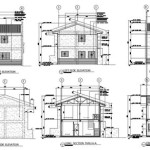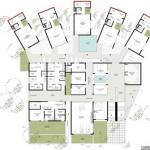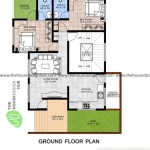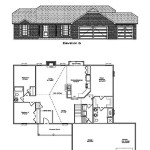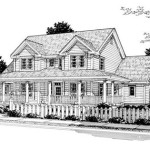Essential Aspects of Japan Floor Plan Houses
Japanese floor plan houses, known as "minka," are renowned for their unique architectural style and functional design. These houses have evolved over centuries, reflecting the country's cultural values and climatic conditions. Understanding the essential aspects of Japanese floor plan houses can provide valuable insights into Japanese culture and architecture.
Open and Flexible Spaces
One defining characteristic of Japanese floor plan houses is their open and flexible spaces. The traditional minka features a large central room called the "doma," which serves as a multi-purpose living and working area. Sliding doors and removable panels allow for easy reconfiguration of the interior space, depending on the needs of the occupants.
Raised Tatami Rooms
Another essential aspect of Japanese floor plan houses is the use of raised tatami rooms. Tatami are woven mats made from rice straw, which are arranged in specific patterns on the floor. Raised tatami rooms provide comfort and insulation, and they are typically used for sleeping, dining, and receiving guests.
Engawa and Genkan
The "engawa" is a covered porch or veranda that surrounds the house, connecting the interior and exterior spaces. It serves as a transitional area between the home and the garden, providing a place to relax and enjoy the surroundings. The "genkan" is the entrance hallway, where visitors remove their shoes before entering the main house.
Natural Light and Ventilation
Japanese floor plan houses are designed to maximize natural light and ventilation. Large windows and sliding doors allow for ample sunlight to penetrate the interior, while strategically placed openings ensure cross-ventilation. This design element creates a comfortable and healthy living environment.
Natural Materials and Craftsmanship
Traditional Japanese floor plan houses are constructed using natural materials such as wood, paper, and bamboo. The use of these materials contributes to the sustainability and longevity of the house. Skilled craftsmanship is evident in the intricate details of the joinery and woodwork, showcasing the pride and attention to detail of Japanese artisans.
Privacy and Community
Japanese floor plan houses often balance privacy and community. The arrangement of rooms and the use of screens and sliding doors allow for a sense of privacy within the home. At the same time, the open spaces and shared areas foster a sense of community and connection with neighbors.
Conclusion
Japanese floor plan houses represent a fusion of traditional values, functionality, and aesthetic sensibilities. Their open and flexible spaces, raised tatami rooms, natural lighting, and natural materials create a unique and harmonious living environment. An understanding of these essential aspects provides a deeper appreciation for the cultural and architectural heritage of Japan.

Typical Home Layouts Differences Between Japan And Abroad

Hachidori Floor Plan Traditional Japanese House Japan Design Home Plans

The Floor Plan Of Apartments In Japan Japanese Home Archi Designer

House Floorplan Traditional Japanese Floor Plans

Guide To Japanese Apartments Floor Plans Photos And Kai Keywords Blog

Nice Traditional Japanese House Floor Plan Minimalist Home Design

What Do Japanese Apartment Layout Terms Mean

Traditional Japanese Architecture Tea Ceremony Japan Experiences Maikoya

9 Floor Plan Of Typical Architectural Institute Japan Detached House Scientific Diagram

What Do Japanese Apartment Layout Terms Mean

